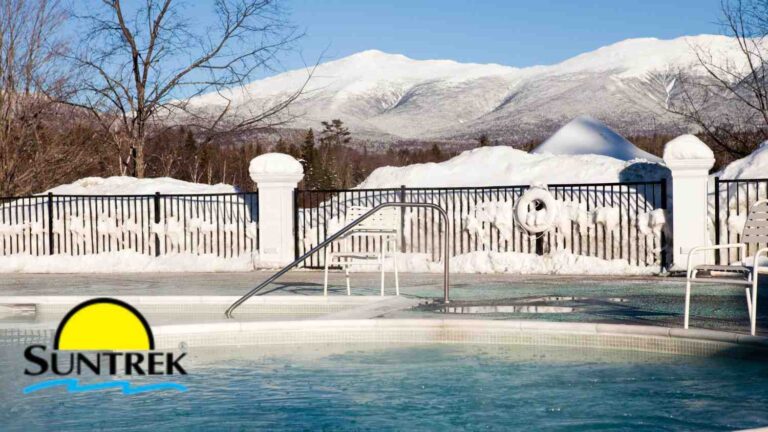
If you’re thinking about adding solar heating to your pool, you’ve probably come across terms like “SRCC certified,” “thermal efficiency,” or “incident angle modifier.” But the truth is, most of that technical data can be misleading if taken out of context.
Let’s break down what these performance ratings actually mean — and, more importantly, what will really extend your swim season.
Who Tests Solar Pool Heating Panels?
All major solar pool heating products in the U.S. are tested and certified under the OG-100 program by the Solar Rating & Certification Corporation (SRCC), now part of IAPMO. Testing is performed using ISO standards at accredited labs like the Florida Solar Energy Center (FSEC).
What They Measure:
- Thermal efficiency (how well panels convert sunlight into heat)
- Performance across different sun angles
- Wind loss
- Durability under pressure, UV, freeze, and heat
- Output at different flow rates
The Limitations of SRCC Ratings
While SRCC data is useful, it’s easy to misinterpret what it tells you.
| What It Does Well | What It Misses |
| Objectively compares certified panels | Panels are tested at different flow rates |
| Shows theoretical peak efficiency | Data is based on rarely encountered temperature conditions |
| Ensures product safety and durability | Doesn’t reflect how the system will actually be used |
In Real Life: Your Pool Doesn’t Need to Boil
Solar pool heating systems typically run until the water hits around 86°F. That means they usually operate when the air temperature is 70–80°F — creating a modest temperature differential of 10–20°F (sometimes less).
This “ΔT” (difference between water and air temperature) is the only range that really matters for pool heating performance.
Real-World Comparison at ΔT = 10°F and 20°F
We analyzed actual SRCC performance data from the most popular solar pool heating panels, focusing specifically on ΔT = 10°F and 20°F, where pool heating systems typically operate.
| Collector | Efficiency @ 10°F ΔT | Efficiency @ 20°F ΔT |
| Aquatherm (Ecosun or Ultraswim) | 85.8% | 78.4% |
| Suntrek ST | 84.2% | 73.6% |
| Magen (Heliocol or Sunstar) | 84.2% | 73.6% |
| Suntrek CUSTOM | 79.5% | 68.1% |
| Magen (Ecospark) | 75.9% | 71.0% |
| Hot Sun Industries (Powerstrip) | 75.5% | 67.7% |
| Technosolis (Swimmaster) | 70.1% | 61.1% |
Takeaway: Top-tier panels perform within a narrow margin of each other when operating under realistic pool heating conditions.
What Actually Makes a Difference?
If you want a warm pool and a longer swim season, here’s what matters far more than brand or lab ratings:
1. System Size
A larger surface area of solar panels will capture more heat — period. If you undersize your system, even the most efficient panel won’t help.
2. Programming and Flow Rate
- Is your system running during the warmest, sunniest part of the day?
- Is the flow rate optimized for your plumbing and collector type?
- Is your automation controller calibrated correctly?
A well-programmed system running at the right flow rate will outperform a better-rated system that’s misconfigured.
Bonus Tip: Use a Pool Cover
Even a high-efficiency solar system will struggle if your pool is losing heat every night. Using a solar blanket or pool cover can make or break your heating performance — especially in the spring and fall.
Bottom Line
- Yes, some panels are more efficient than others, but the difference is modest in real-world conditions.
- What matters more is:
- How many panels you install
- How your system is programmed
- Whether you retain the heat you’ve collected
If you’re comparing brands, all the panels listed above are SRCC certified, proven, and durable. Focus on sizing and design — and partner with a contractor who understands how to optimize the whole system, not just pick a panel from a chart.
Want help designing a system that actually delivers?
Contact us for a free solar pool heating consultation.



